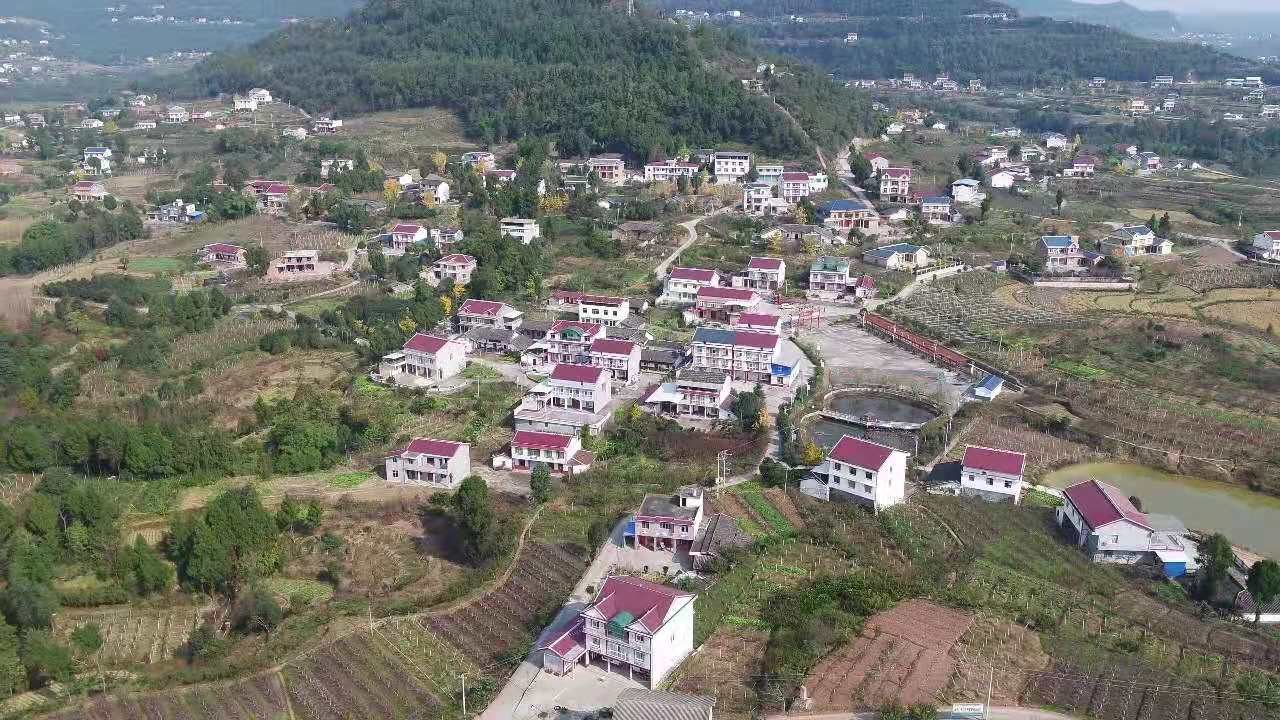The China-EU Agreement on Geographical Indications officially entered into force on March 1, 2021. It is China's first bilateral comprehensive and high-level agreement on the protection of geographical indications (GIs), and an important and practical outcome in the development of China-EU economic and trade relations in recent years.
We will continue to introduce to you the first batch of 100 Chinese GIs and 100 European GIs under the Agreement, to better protect and market them to meet the needs of consumers on both sides for a better life.
GI Episode 7: Cangxi Red Kiwi Fruit
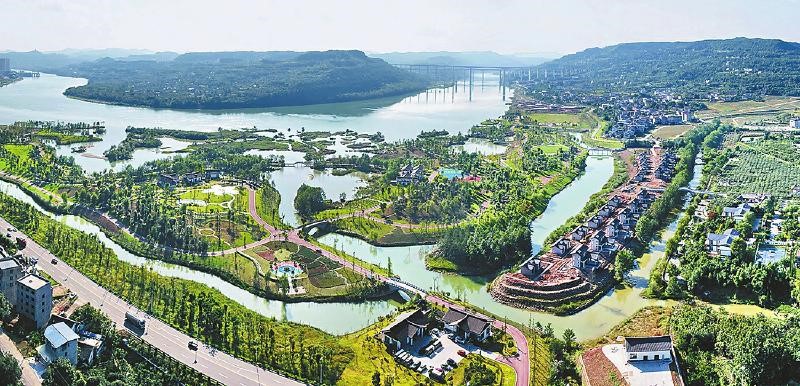
It’s mid-summer and the northern hemisphere is in lush green. Jialing River winds down over a thousand miles, carrying rich nutrients to where it passes, including Cangxi of Guangyuan city in Sichuan, the place of origin for the GI product “Cangxi Red Kiwi Fruit.”
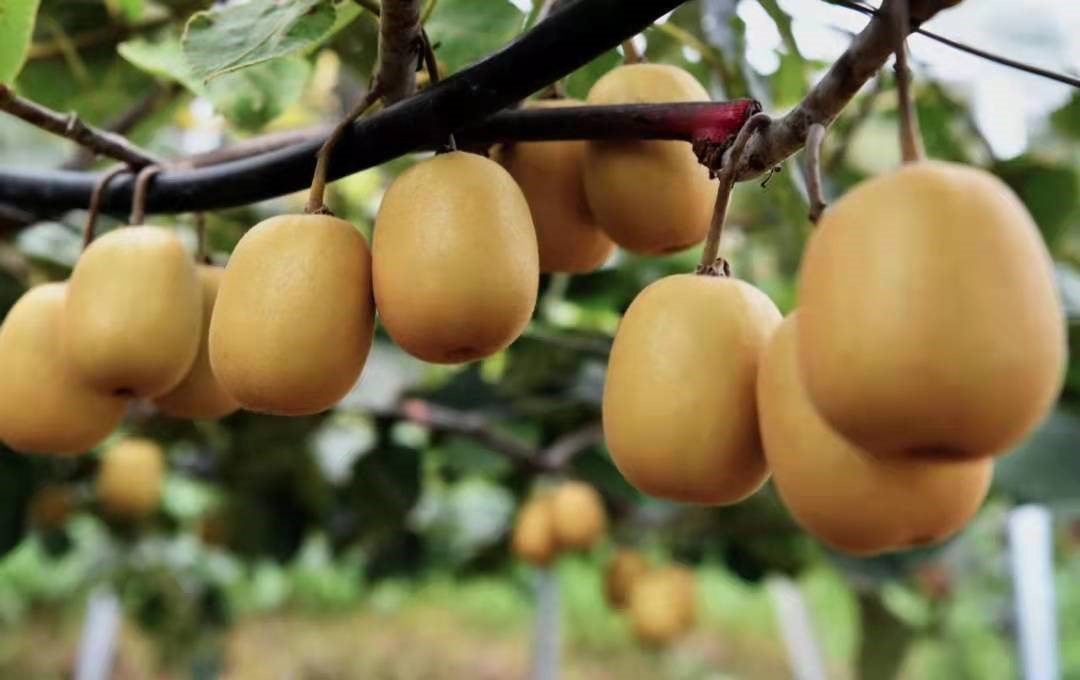
In the Book of Songs compiled more than two thousand years ago, kiwi fruit is mentioned using the name Changchu. But it was not until 1986 that the world’s first red kiwifruit was discovered on Mount Longgang in Cangxi. The ordinary kiwi fruit is villous, mostly green and sour, but Cangxi Red Kiwi Fruit is smooth and hairless on the outside, with radial red stripes at the core. Its pulp is tender and juicy, sweet and refreshing, and it smells like a mixture of the watermelon, strawberry and citrus.
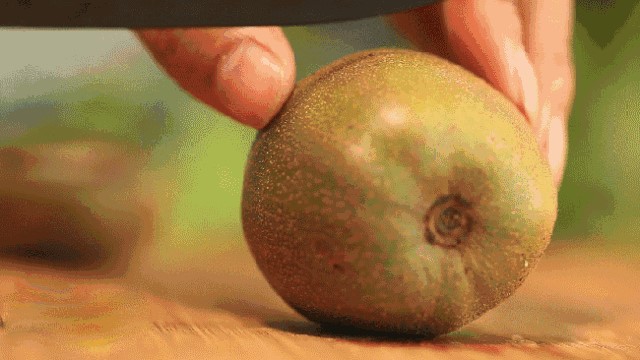
Cangxi is located on the northern edge of Sichuan Basin, at the southern foot of Daba Mountains. With humid subtropical climate, it enjoys 1,490 hours of sunshine a year on average, abundant rain, and a long frost-free period. Making full use of local conditions, red kiwifruit plantations are built in the hilly area of about 600 meters above sea level. The pollution-free sandy loam of a moderate PH degree and high organic matter content is used to grow kiwi trees, organic fertilizers which mature naturally are applied scientifically, and technological means are employed to prevent and control diseases, insects and weeds. Farmers are particularly strict with fruit picking: only the kiwifruits that have grown for more than 160 days, rich sugar content, and whose solid content meets the requirement will be plucked for sale.
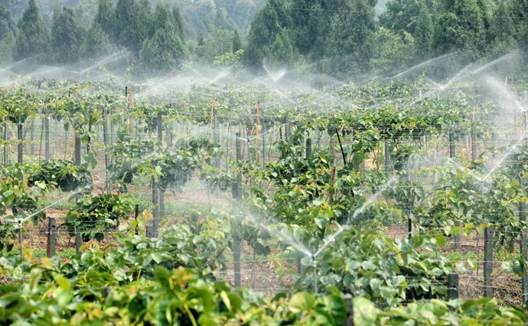
A mountainous county with only patches of cultivated land and rough roads, Cangxi was once a national poverty-stricken county. Today, it has emerged from poverty and become a success story of rural revitalization thanks to the red kiwi fruit industry. It has opened national modern agricultural industry parks in 23 towns and villages, and grown 230,000 mu of red kiwi fruit.
